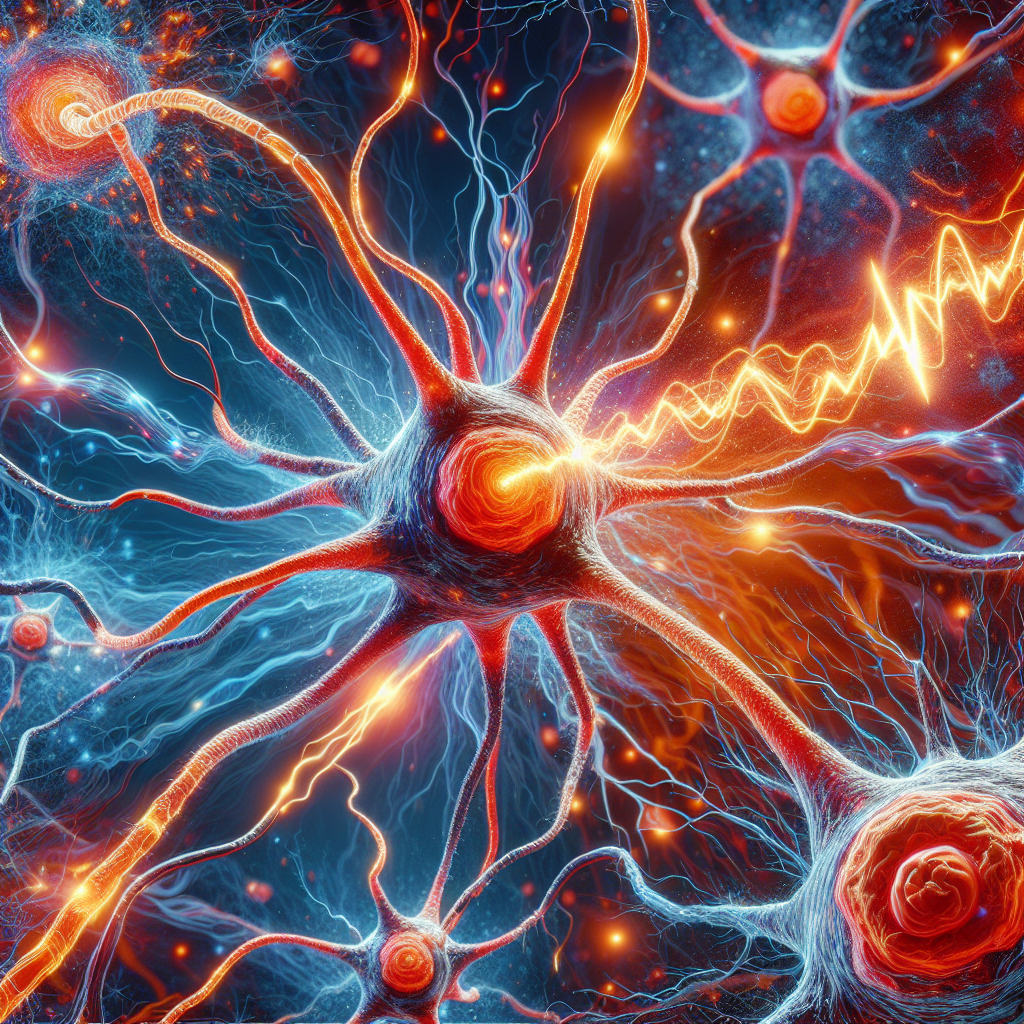TRPV1 Receptors and our Stress Response
- Tranquility Foods

- Aug 18, 2024
- 2 min read
Updated: May 13
Amidst the complex mechanisms that regulate our physiological responses, there is a fascinating link between the activation of TRPV1 receptors and our stress responses. These transient receptor potential vanilloid type 1 (TRPV1) receptors, known for their role in sensing heat and pain, significantly contribute to triggering our body's stress reactions. While this activation is a vital part of our biological defense system, the impacts of chronic stimulation of TRPV1 receptors deserve closer attention.
The Gateway to Stress
TRPV1 receptors, located within our sensory nerve endings, act as gatekeepers that unleash a cascade of responses when activated. Their activation, often prompted by stimuli such as heat, acidity, or certain chemicals, sets off a series of events that lead to our stress response. This intricate process involves the release of neurotransmitters and initiates a chain reaction, preparing our bodies to cope with perceived threats.
Stress Response Unveiled
When TRPV1 receptors are stimulated, they trigger the release of substance P and calcitonin gene-related peptide, which are crucial neurotransmitters for transmitting pain signals. In addition, this activation leads to the secretion of pro-inflammatory cytokines, further contributing to the inflammatory response. Ultimately, this orchestration mobilizes our body's resources to combat stressors, which is a vital survival mechanism deeply embedded in our physiology.
The Dark Side of Chronic Stimulation
Although acute activation of these receptors is essential for our survival, persistent stimulation can have damaging effects. Chronic activation of these receptors has been linked to various problems, including neuroinflammation and cardiovascular disturbances. Extended exposure to high stress levels due to ongoing activation can strain our body's resilience, resulting in adrenal burnout (fatigue) that threatens our overall well-being.
Impact on Health
Research shows that chronic TRPV1 activation can worsen conditions such as anxiety disorders and chronic pain syndromes. Moreover, the continuous release of stress hormones like cortisol in response to persistent stimulation can disrupt the delicate balance of our endocrine system, leading to a range of health complications. These implications underline the importance of understanding stress modulation mechanisms in maintaining optimal health.
Striking a Balance: Navigating Activation
Understanding the nuances of TRPV1 receptor activation is crucial in navigating the complex realm of human physiology. Grasping the fine line between adaptive stress responses and the harmful effects of chronic stimulation allows us to develop strategies that promote stress resilience and well-being. Striking a balance between acute stress responses and chronic activation of these receptors is key to fostering a healthier relationship with stress and its physiological effects.
Stay with us as we examine the layers of conventional wisdom and marketing influences, piecing together the science of nutrition and its overall impact on our well-being.

_edited.png)

